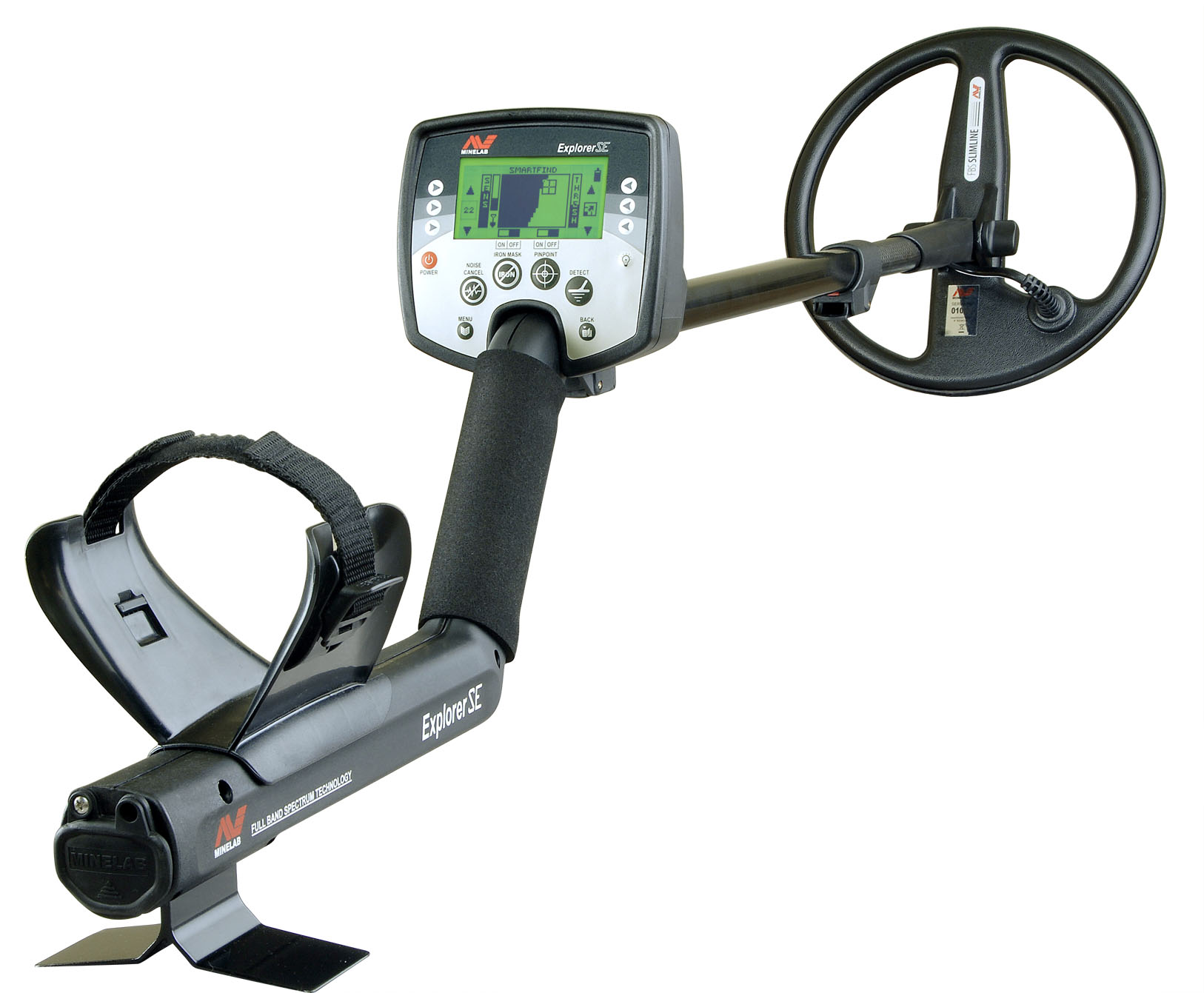The Recovery Deep setting on the E-TRAC, Explorer and Explorer SE detectors is designed to enhance the detection and identification of deep targets. This article will explain the way in which deep recovery mode enhances the operation of the detector and points out those situations when you may not choose to use this setting.
When Recovery Deep is turned on, it only has an effect on weak signals, stronger signals remain completely unaffected. When Recovery Deep is turned on and a weak signal is detected, the identification signals undergo stronger filtering to smooth out the data. This leads to more stable and consistent Ferrous and Conductivity values. Given this, it may seem that as Recovery Deep could be turned on all of the time. Unfortunately, as in all things, there can be too much of a good thing. There are two situations when the Recovery Deep setting is undesirable.
In the case of weak, shallow targets, the stronger filtering of the Recovery Deep setting will cause the strength of these short, sharp signals to be decreased. The grid below shows the effect of Recovery Deep and these different classes of target.

Also as a result of the stronger filter, signals from weak targets become smoothed. In environments with multiple deep targets relatively close together this smoothing may make adjacent targets start to appear to be merged. In this case the ID that the detector displays may become mixed between the two targets.
In summary, the Recovery Deep setting should be used in situations where you are expecting to find sparse, large, deep targets and in these situations you will experience more stable and consistent IDs.
Phil Beck





















Comments